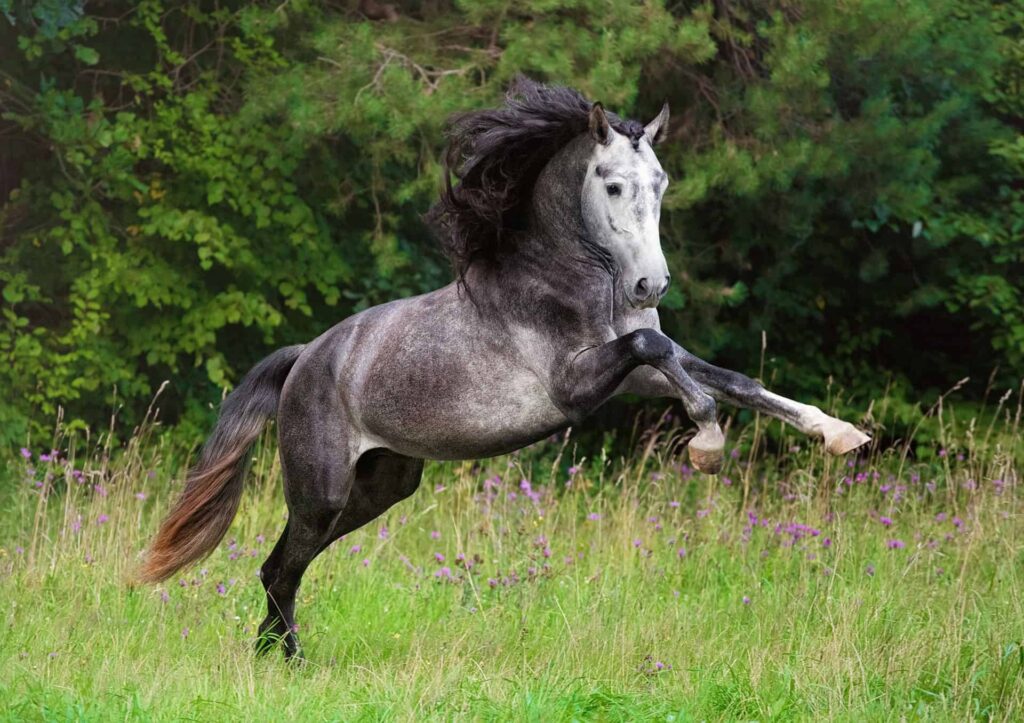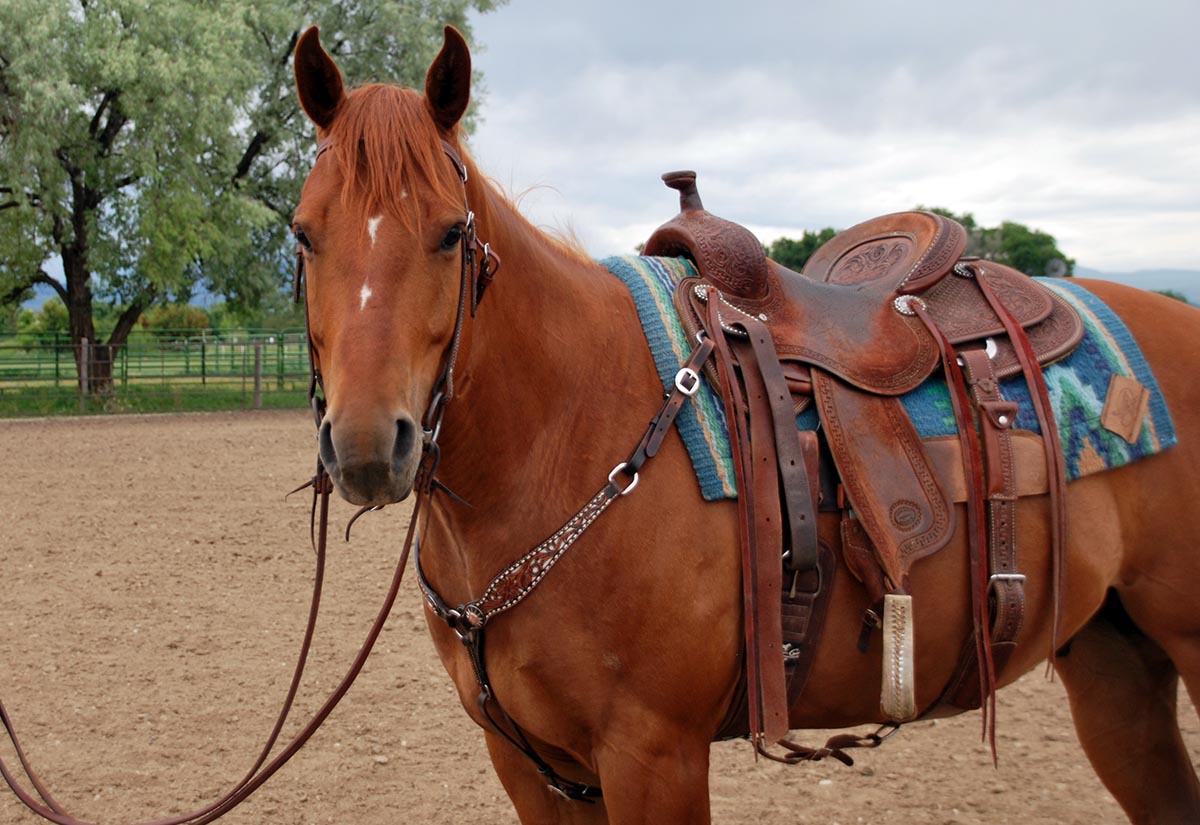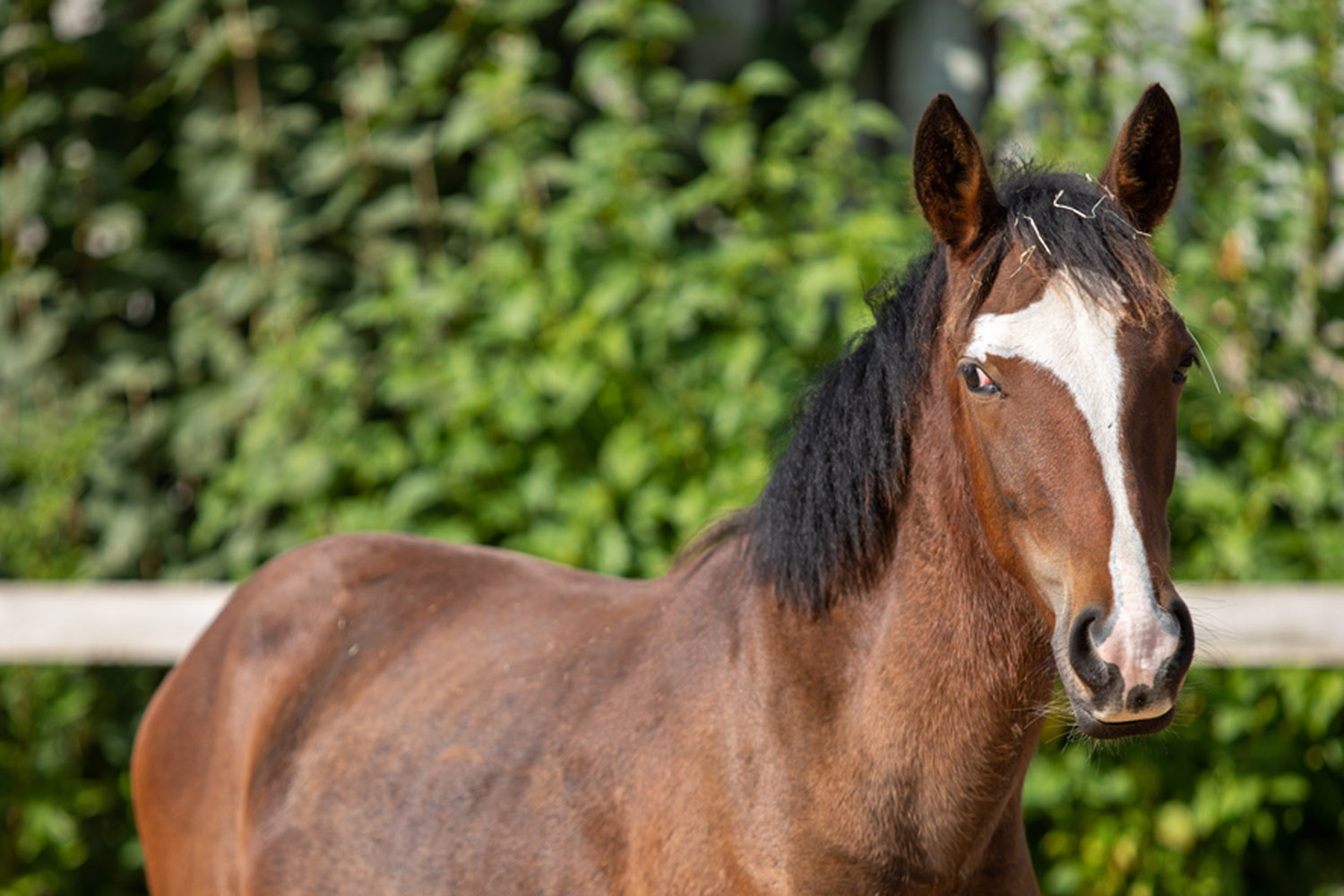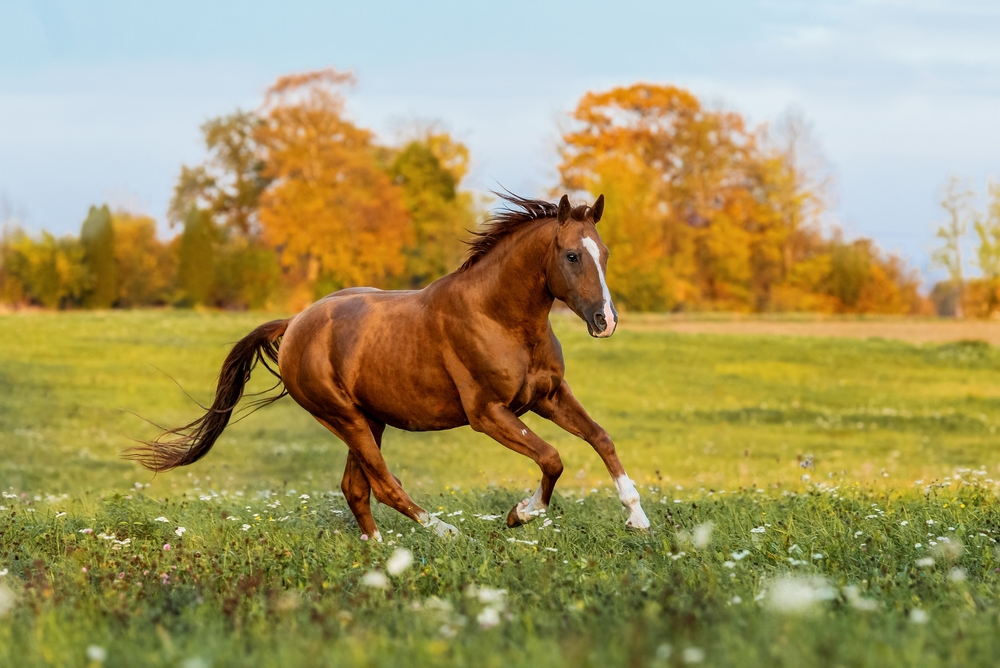The majestic Andalusian horse, known for its grace and strength, has been a source of inspiration in both art and literature for centuries. This breed’s captivating presence has influenced countless artists and writers, embedding itself deeply into cultural expressions across the globe. Understanding the significance of the Andalusian horse in these creative fields not only enhances our appreciation of these works but also highlights the enduring bond between humans and horses.

The Historical Significance of the Andalusian Horse
The Andalusian horse, also known as the Pure Spanish Horse, originates from the Iberian Peninsula. This breed has a rich history that dates back thousands of years. Known for their intelligence, agility, and nobility, Andalusians have been favored by nobility and have played significant roles in historical events and battles.
Their influence extends beyond their physical capabilities; they have been portrayed in art and literature as symbols of power, beauty, and freedom. Artists and writers have long been captivated by their elegance and spirit, creating works that celebrate their unique characteristics.
Andalusian Horse in Art
Depictions in Paintings
Throughout history, Andalusian horses have been a popular subject in paintings. Renowned artists have captured their beauty and strength on canvas, leaving a lasting impression on the world of art. From classical to contemporary art, the Andalusian horse continues to inspire artists, who strive to depict their majestic presence and dynamic movements.
Sculptures and Monuments
In addition to paintings, sculptures and monuments featuring Andalusian horses are common. These works of art often serve as tributes to the breed’s historical significance and its impact on human culture. Sculptors have masterfully crafted lifelike representations, capturing the essence of the Andalusian horse in three-dimensional form.
Ceramics and Tapestries
The influence of Andalusian horses extends to other art forms, such as ceramics and tapestries. These mediums have been used to portray the horses in various settings, often highlighting their role in historical and cultural narratives. The intricate designs and rich colors of these works reflect the admiration and respect held for the breed.
Andalusian Horse in Literature
Classical Literature
The Andalusian horse has been a prominent figure in classical literature, often symbolizing strength, loyalty, and nobility. Writers have incorporated these horses into their narratives, using them to convey themes of heroism and adventure. Their presence in literature serves as a testament to their enduring appeal and significance.
Modern Literature
In modern literature, the Andalusian horse continues to captivate readers. Authors have featured them in novels, poems, and short stories, exploring their unique characteristics and the bond they share with humans. These works often highlight the emotional and spiritual connections between humans and horses, emphasizing the depth of their relationship.
Children’s Books
Children’s literature also celebrates the Andalusian horse, introducing young readers to their beauty and grace. Through engaging stories and illustrations, children learn about the breed’s characteristics and their importance in history and culture. These books play a crucial role in fostering an appreciation for horses among younger generations.
The Cultural Impact of Andalusian Horse Art and Literature
The influence of Andalusian horse art and literature extends beyond individual works, contributing to cultural identity and heritage. These creative expressions reflect the historical and social contexts in which they were created, offering insights into the values and beliefs of different cultures. The enduring presence of Andalusian horses in art and literature underscores their importance as cultural symbols.
Global Influence
The global reach of Andalusian horse art and literature highlights the breed’s universal appeal. From Europe to the Americas, artists and writers have embraced the Andalusian horse as a source of inspiration, creating works that resonate with audiences worldwide. This widespread influence speaks to the breed’s ability to transcend cultural boundaries and connect people through shared admiration.
Preserving Tradition
The continued presence of Andalusian horse art and literature is essential for preserving the breed’s legacy and promoting awareness of its historical significance. By celebrating the Andalusian horse in creative expressions, artists and writers contribute to the preservation of cultural traditions, ensuring that future generations can appreciate and learn from these works.
FAQs
What makes the Andalusian horse unique in art?
The Andalusian horse is unique in art due to its elegant appearance, dynamic movements, and historical significance. Artists are drawn to their beauty and grace, making them a popular subject in various art forms.
How has literature portrayed the Andalusian horse?
In literature, the Andalusian horse is often portrayed as a symbol of nobility, strength, and loyalty. They appear in both classical and modern works, reflecting their enduring appeal and significance in human culture.
Why is the Andalusian horse important to cultural heritage?
The Andalusian horse is important to cultural heritage because of its historical significance and its role as a symbol of power and beauty. Their presence in art and literature helps preserve cultural identity and traditions.

Conclusion
The Andalusian horse has left an indelible mark on the world of art and literature. Through paintings, sculptures, books, and more, this majestic breed continues to inspire and captivate audiences worldwide. By understanding and appreciating the cultural impact of Andalusian horse art and literature, we can ensure that their legacy endures for future generations to enjoy and learn from. For more information on the Andalusian horse, you can visit PetMD.
This article contains affiliate links. We may earn a commission at no extra cost to you.






